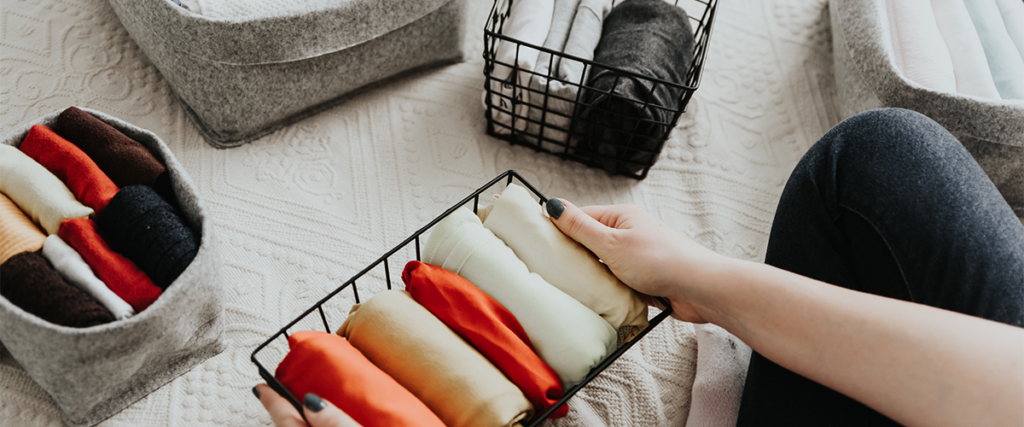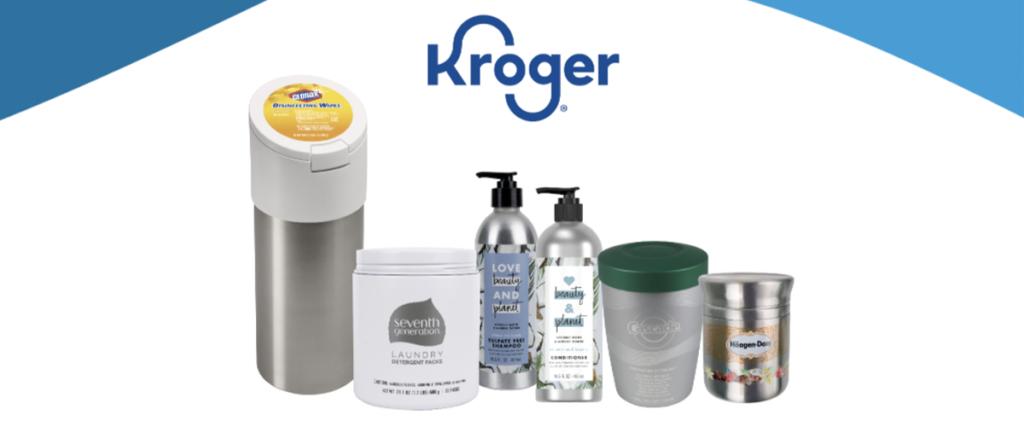
With every new year, there is an increasing number of eco-friendly products and services available to help us match our lifestyle to our values. If you’re looking to delve into fitness this year, there are more ways than ever to implement eco-friendly living into your fitness routine, from the gear you choose to where you decide to work out.
Choosing a Workout Mat
If you have a workout that uses a mat, look for one made of recycled, renewable, and non-toxic materials. Be wary of mats containing harmful chemicals such as VOCs or PVC. You can find pads and blankets made of handwoven fibers, and mats made of cork or recycled rubber. If possible, you can choose a manufacturer that has committed to zero-waste practices in its facilities.
In addition to choosing an eco-friendly mat, prolong the lifetime of your mat by keeping it clean and drying/airing it out properly. This can help prevent bacteria and dirt from slowly degrading the mat material over time. You can make your own mat spray by mixing white vinegar, water, and a few drops of essential oil in a glass spray bottle. Choose any oil you like for a personalized scent.
Choosing Clothing and Shoes
Think about the clothing you select for your activities. Whenever possible, seek clothing made of natural, recycled, and low-impact materials and from brands with a commitment to sustainable practices. Try to avoid synthetic or recycled fibers made of plastic, which can release microplastics into our water sources.
Try to select shoes made sustainably as well. Some companies offer to donate a pair of shoes to charity or plant a tree for every pair of shoes purchased. If you buy specialty shoes for a certain sport, invest in a well-made pair, and maintain and clean them regularly so they last as long as possible. Whenever possible, look into repair services for clothing or shoes that can be mended instead of tossed out. Climbing shoes, for example, can be resoled.
Other eco- and budget-friendly options include buying used workout equipment and clothing —look to online consignment stores like Facebook Marketplace and Poshmark or stores with used gear sections such as REI.
Exercise with an eco-friendly mindset — make a positive difference through your choices in gear and clothing!









